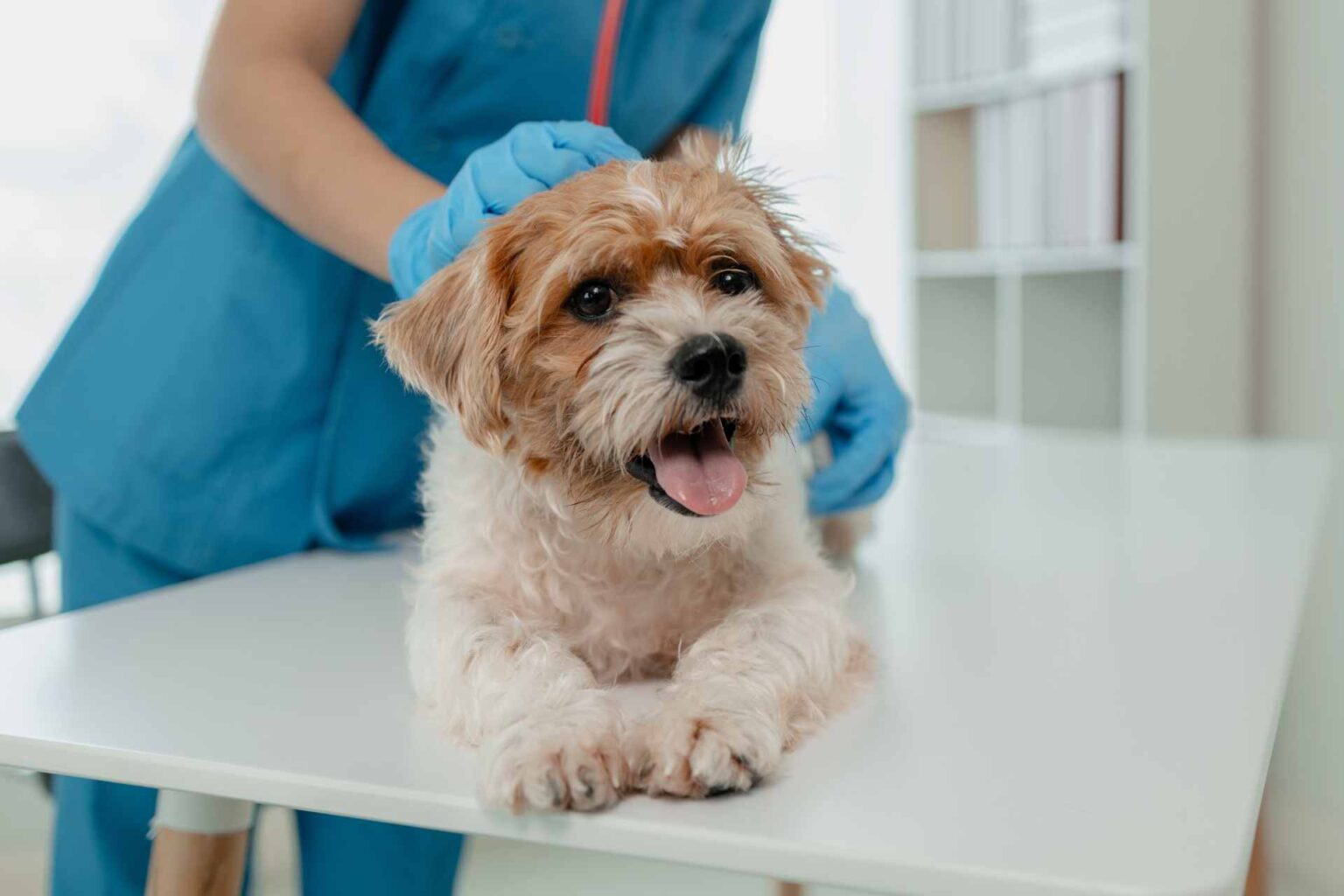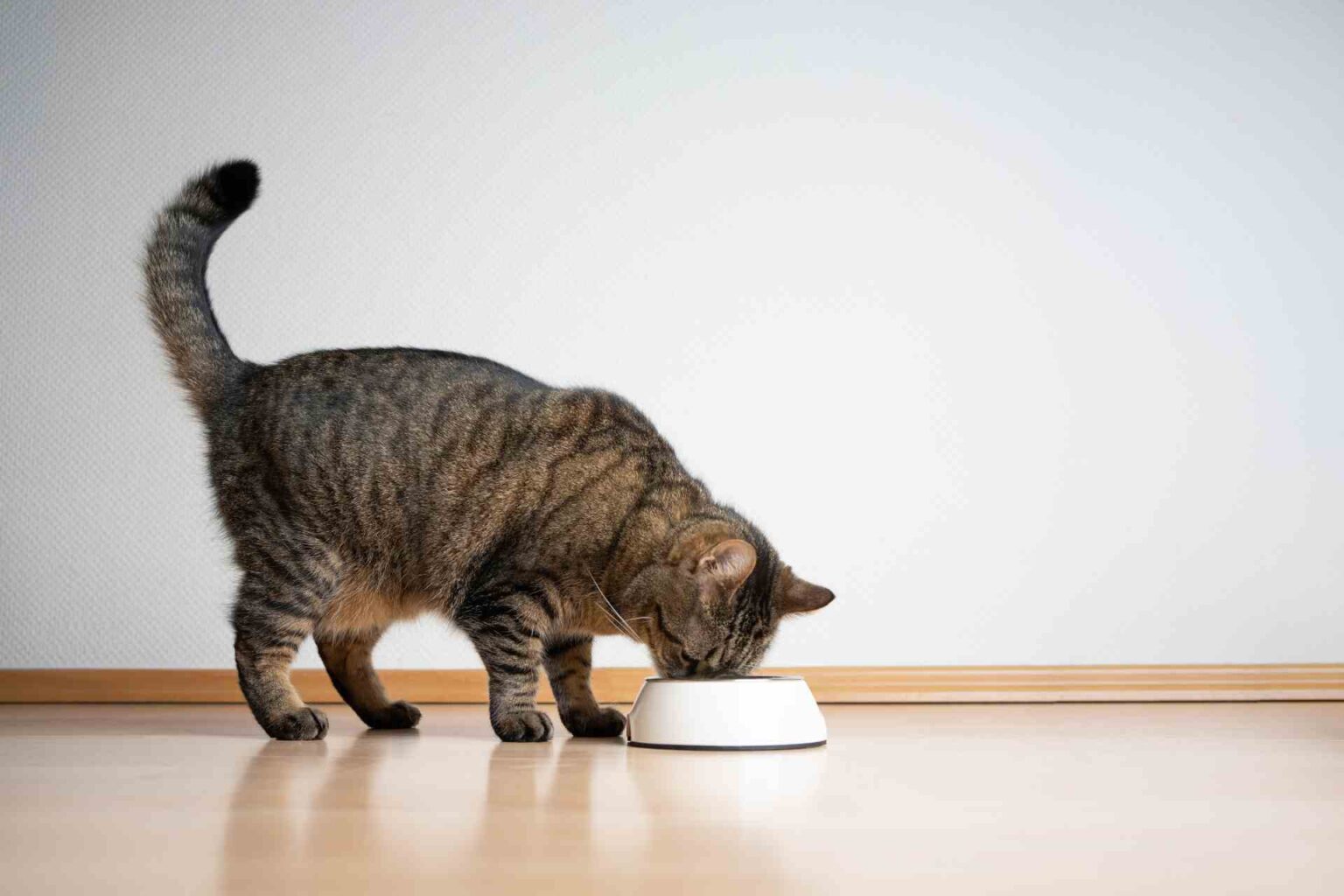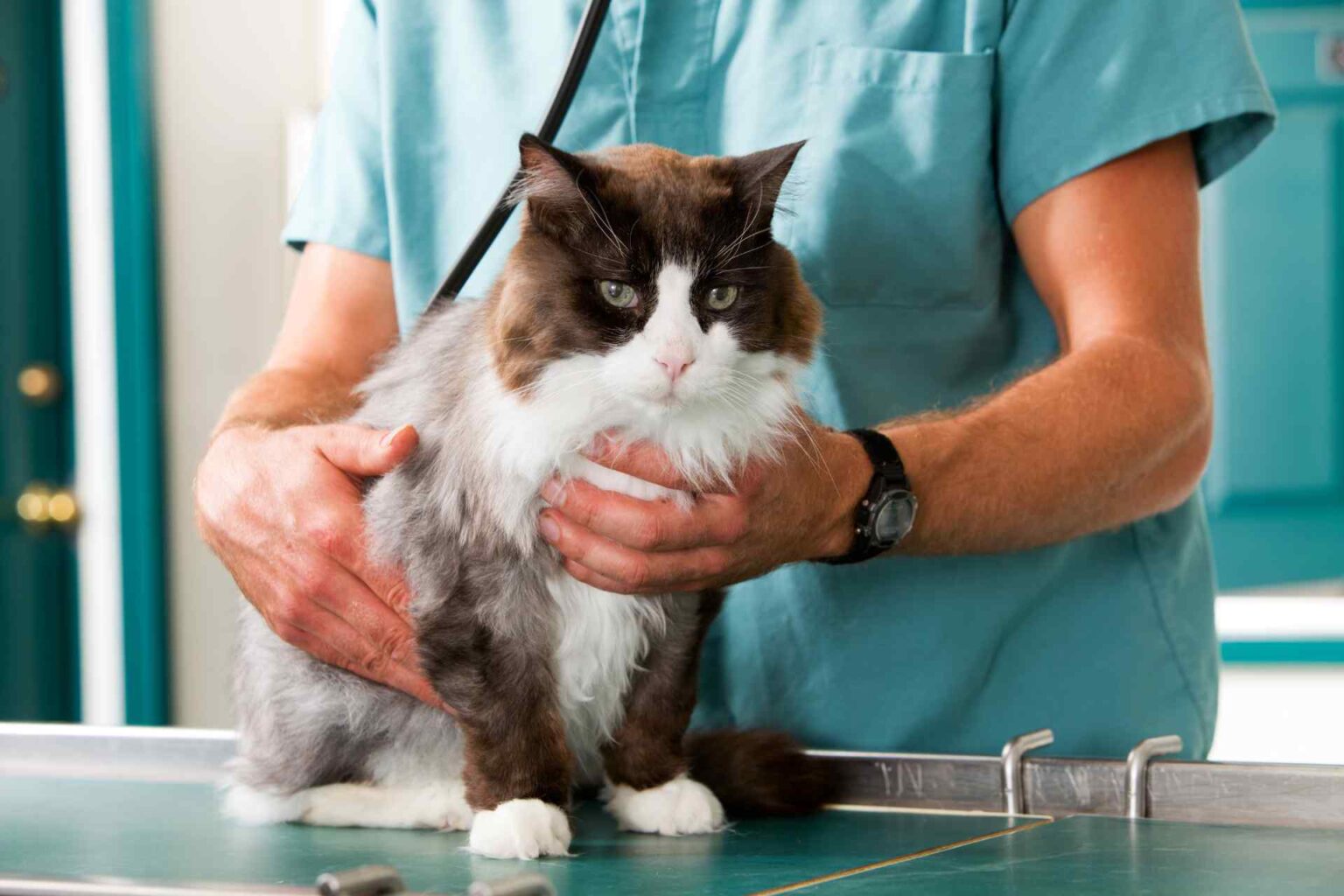A study has demonstrated the in vitro efficacy of an auricular antiseptic based on chlorhexidine and Tris-EDTA against all major microorganisms commonly involved in dog otitis, including multidrug-resistant staphylococci
The phenomenon of antibiotic resistance also affects companion animals and poses the need to identify alternative therapeutic approaches to counteract potentially antibiotic-resistant bacterial strains while, at the same time, avoiding as much as possible the selection of additional multiresistant strains.
To this end, the use of topical products, including antiseptics, to treat skin infections seems more effective because these antimicrobials act primarily at the site of infection, unlike systemic products. Furthermore, with topical formulations, the antimicrobial concentrations obtained at the site of infection may be effective against strains identified as resistant by susceptibility testing; in fact, the threshold values used to define resistance in vitro are calculated on the concentrations achieved by systemic therapy, which are significantly lower than those achieved by local treatment.
The treatment of external otitis in the dog
Regarding the specific case of canine otitis externa, with systemic antimicrobials it is difficult to achieve effective concentrations in the waxy exudate present in the infected ear canal. The recommended treatment, therefore, is local antimicrobial therapy, which includes ear washing with antiseptic products alone or in combination with topical antibiotics. In most cases, ear cleansers for the treatment of external otitis in dogs contain one or more components with antibacterial, antifungal, or anti-inflammatory activity and substances that enhance the solubility and activity of the antimicrobial ingredients. Molecules with antimicrobial activity contained in these products include chlorhexidine and ethylenediaminetetraacetic acid combined with tromethamine (Tris-EDTA).
Ear antiseptic to the test
A study by Italian and Danish researchers evaluated in vitro the antimicrobial activity of an auricular antiseptic containing chlorhexidine digluconate 0.15% and Tris-EDTA (Otodine®) against a wide range of pathogenic microorganisms.
The activity was screened on a collection of 150 bacterial and yeast isolates of canine origin, representing the microorganisms most commonly associated with otitis in dogs: Corynebacterium auriscanis, Escherichia coli, Malassezia spp., Proteus mirabilis, Pseudomonas aeruginosa, Staphylococcus aureus, Staphylococcus intermedius, and Streptococcus canis. Methicillin-resistant staphylococci(Staphylococcus aureus, MRSA, and Staphylococcus pseudintermedius, MRSP), which show multiple resistance to systemic antibiotics, were also included in the analysis.
Through a microdilution protocol, minimum bactericidal concentrations were calculated.
The results indicate, for the auricular antiseptic solution, very good activity against the pathogens considered: at a dilution of 1:4 all microorganisms were found to be killed.
Based on the minimum bactericidal concentrations, the pathogens were divided into three groups with different levels of sensitivity.
The group most susceptible to the action of the antiseptic included Staphylococcus pseudintermedius, Malassezia pachydermatis, Streptococcus canis and Corynebacterium auriscanis; a 1:64 dilution of the product was generally sufficient to eliminate these microorganisms. Escherichia coli, Pseudomonas aeruginosa and Staphylococcus aureus were associated with intermediate minimum bactericidal concentration values, while the most resistant microorganism was Proteus mirabilis, which survived a 1:8 dilution of the product.
No significant differences in antiseptic sensitivity were observed between methicillin-resistant and methicillin-susceptible strains within each staphylococcal species.
“Despite the different concentrations required to eliminate different types of microorganisms, the combination of chlorhexidine and Tris-EDTA in this auricular antiseptic solution was effective against all pathogens most commonly involved in canine otitis,” the authors comment. “Furthermore, based on the results, it is reasonable to say that this product can be successfully used for the topical treatment of superficial skin infections caused by methicillin-resistant staphylococci, without any effect on their selection. More generally, rational use of antiseptics could have a positive effect on the prevention of antimicrobial resistance by reducing the use of systemic antibiotics and, consequently, the selection of multidrug-resistant microorganisms.”
Reference
Guardabassi L, Ghibaudo G, Damborg P. In vitro antimicrobial activity of a commercial ear antiseptic containing chlorhexidine and Tris-EDTA. Vet Dermatol. 2010 Jun;21(3):282-6.














